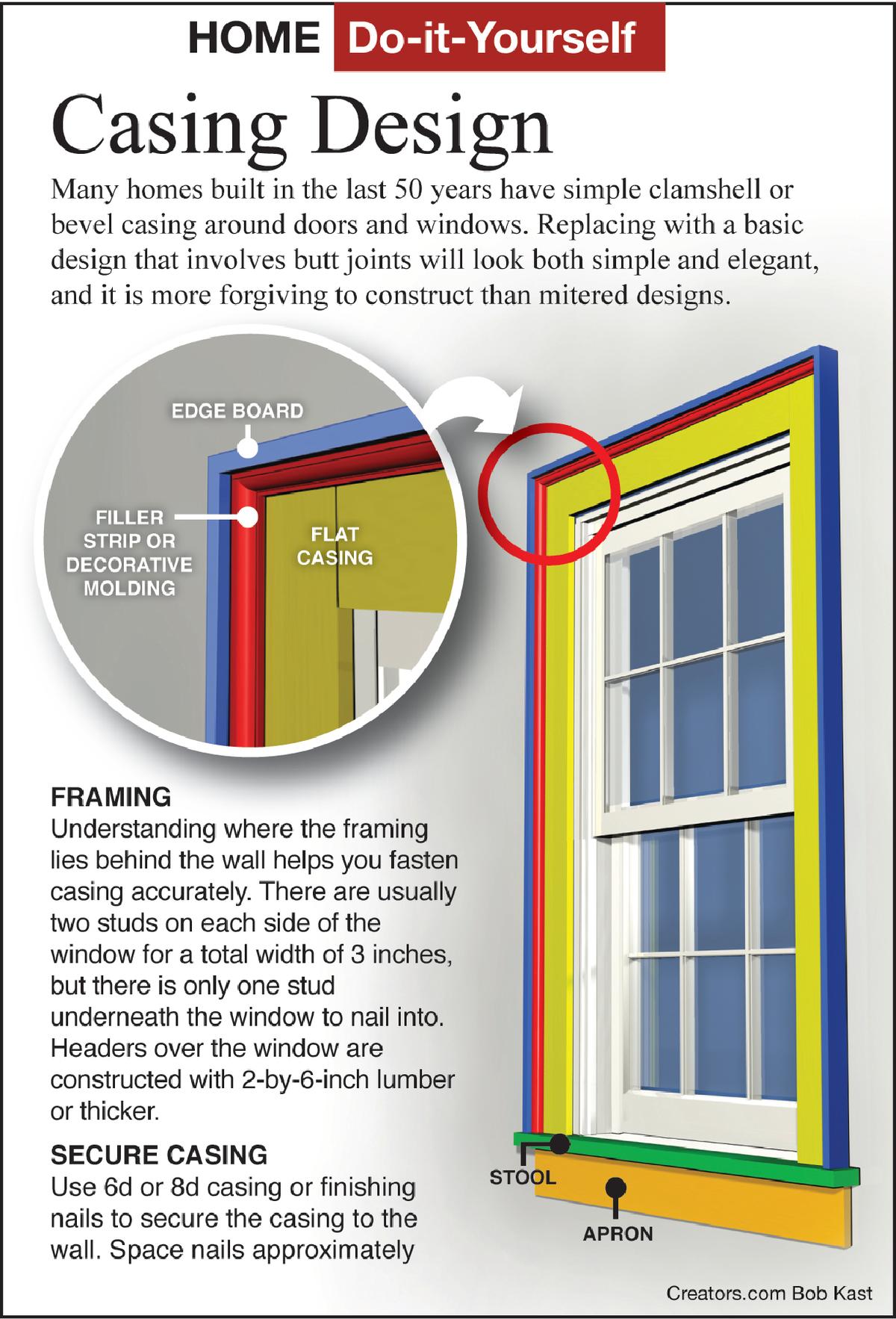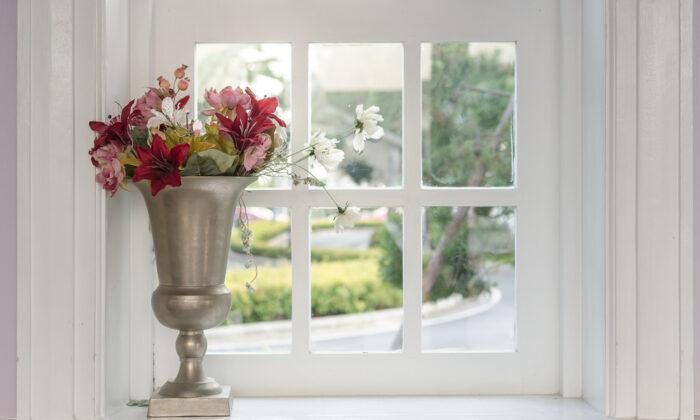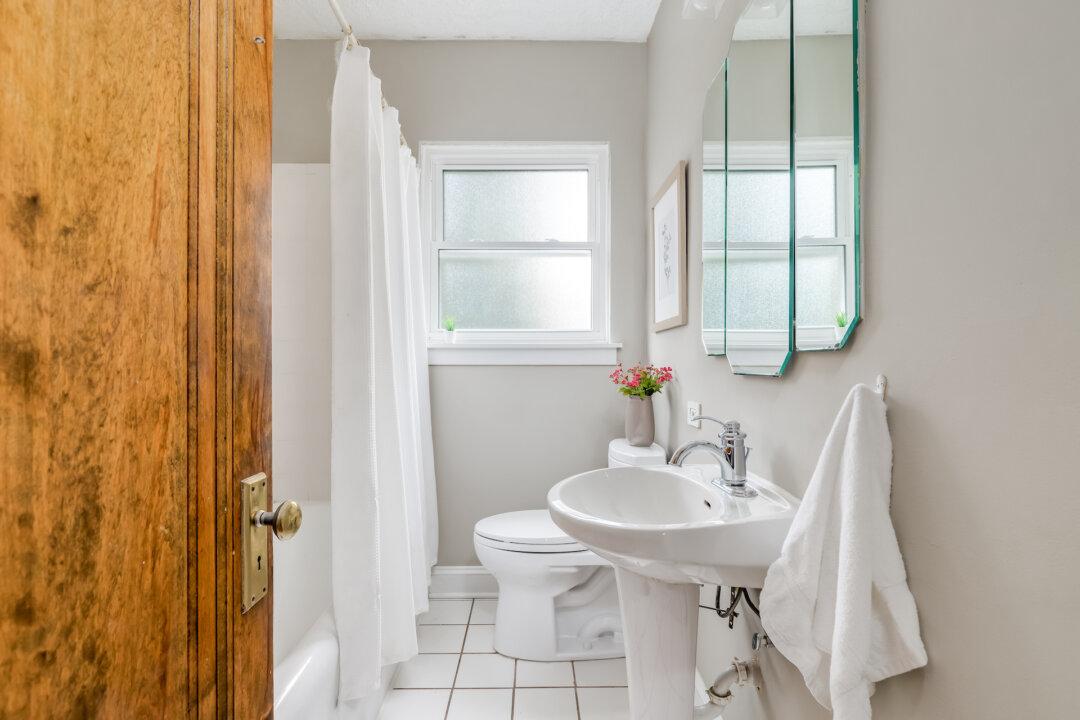Dear James: I want to jazz up my dining room windows with decorative casing trim while I am having replacement windows installed. How can I do this trim project myself? —Debra H.
Dear Debra: Doing a decorative casing project while having replacement windows installed is certainly the proper time. The interior window trim and molding will already be removed, and you can see where all the supporting lumber is located. Inject nonexpanding insulating foam in all the gaps around the window frame.
Adding new window or door trim is one of the easiest and least expensive methods to jazz up the decor in any room. You probably had just the typical clamshell or colonial-style casing trim that most builders use. It is inexpensive, but with just one long piece on each side and the top, the joints have to fit perfectly for a professional-looking appearance.
Thicker, more ornate window casing trim can be much more attractive and actually easier to install if you use a built-up multipiece design. Single-piece-deep designs are installed identically to any other type of window casing trim. To the contrary, three-piece designs are easy for the inexperienced do-it-yourselfer because the cuts and fit do not have to be as accurate.
Three-piece built-up window casing trim consists of three separate parts—flat casing, edge band, and filler strip. The flat casing is the first piece attached around the window frame. A size of about 3/4 inch by 3 to 4 inches is typical. Since this flat casing is relatively thin, it can be deflected enough to follow even a somewhat wavy wall surface. Standard thicker casing trim is too rigid to deflect.
The edge board is located around the edge of the flat casing. It is the finish strip around the outside and usually extends out somewhat past the flat casing. A 3/4-inch by 1 1/2-inch piece is often a good size to use. The filler strip provides a stepped transition from the flat casing to the edge band. It also covers any gaps if you did not get the first two pieces to fit well together. A 3/4-inch by 3/4-inch piece is adequate.
It is least expensive to combine off-the-shelf moldings to create the built-up molding. Some attractive combinations of flat casings and fillers that use a 3/4-inch by 1 1/2-inch edge band are: 3 1/2-inch base, 11/16-inch by 1 3/8-inch base mold; 4 1/2-inch base; and 2 1/2-inch casing, 1/2-inch quarter-round.
The first step to creating a built-up casing is to cut and install the stool (indoor windowsill). A deep stool is best so it extends out further from the wall than any part of the built-up casing. To determine the width of the stool, tack a small piece of the flat casing and edge band on each side of the window. The stool should extend at least 1 inch past the edge band.
The next step is to cut and install the flat casing on each side and across the top. Use an accurate miter saw to create a 45-degree angle at the top of each side piece and on both ends of the top piece. Place the nails near the outer edge so the filler strip covers the heads. Nail on mitered edge band pieces, and cover the joint with the filler.







Friends Read Free